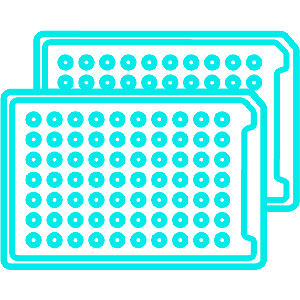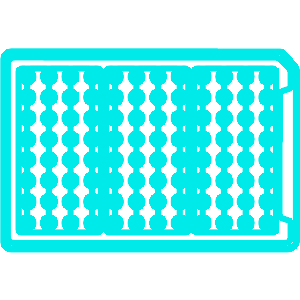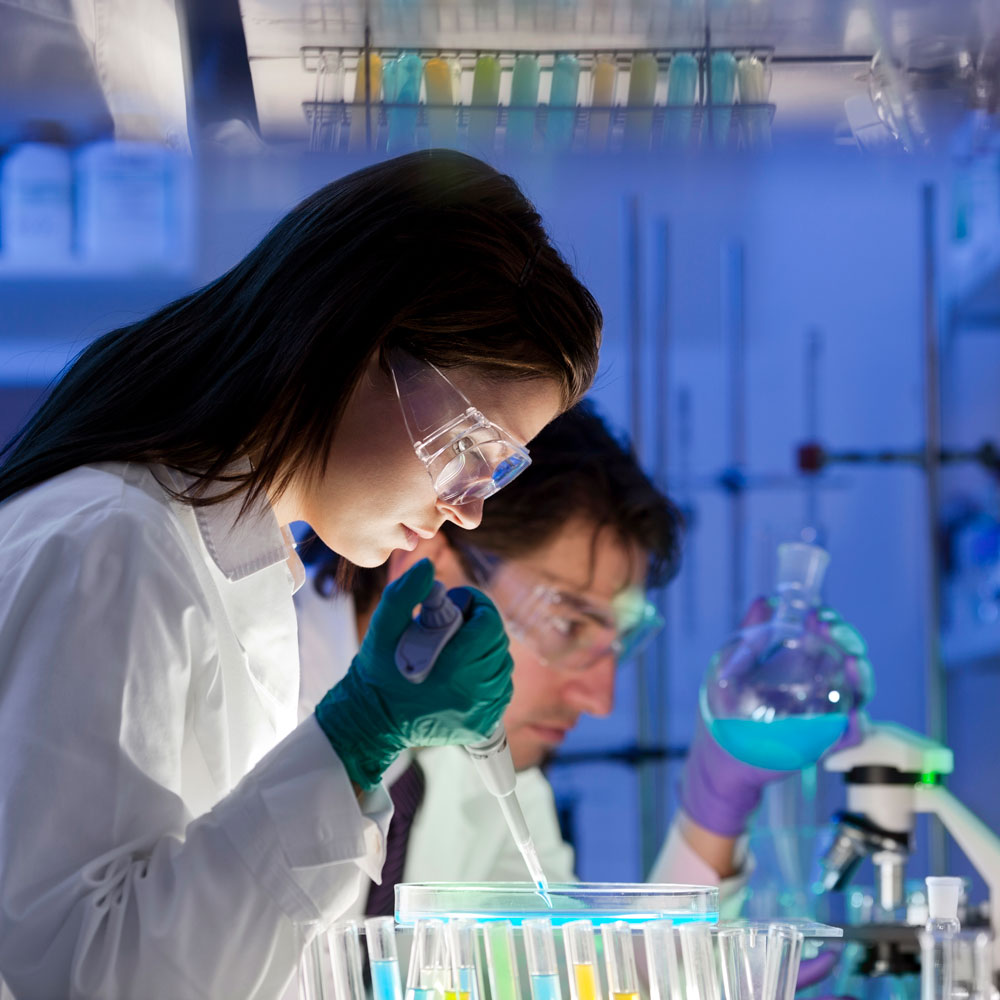Products
Biolog provides powerful cellular analysis tools and services for solving critical problems.







May 6-9, 2024
San Jose Convention Center, CA
Join Biolog at Global Synthetic Biology Conference, an innovation network that brings together individuals who share a passion for biological engineering and sustainability.
Biolog is a sponsor for the world’s largest microbial sciences conference, ASM Microbe – June 13-17 2024, in Atlanta, GA.
Search Biolog’s informative resources by product, application area, or resource type.

Publication Database
Search database by your interest.
Education Portal
Resources, tools and lesson plans
Services Portal
Submit samples here
Certificates of Analysis
Search database for CoAs.
Safety Data Sheets
Search database for SDSs.